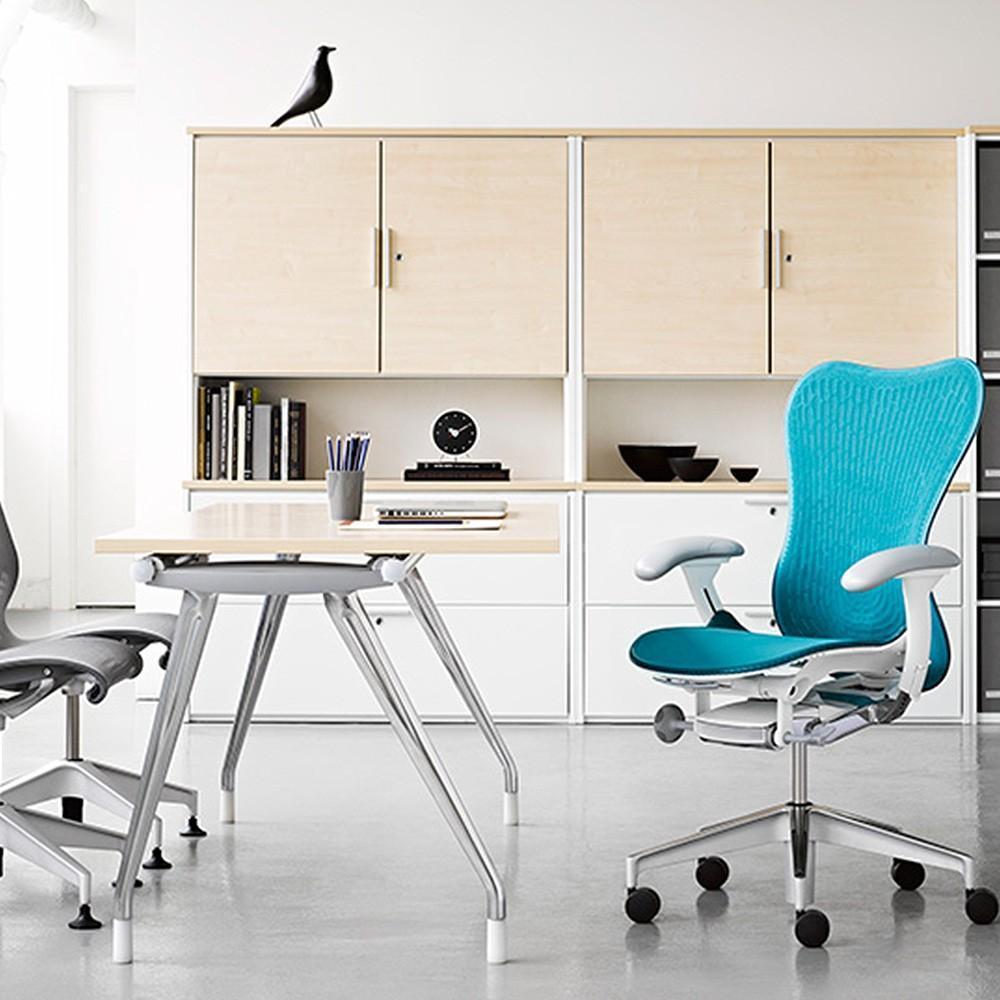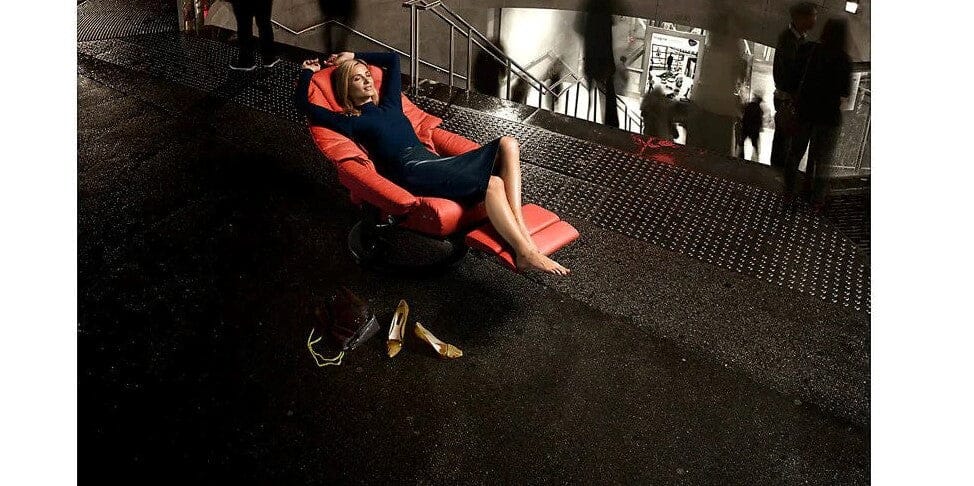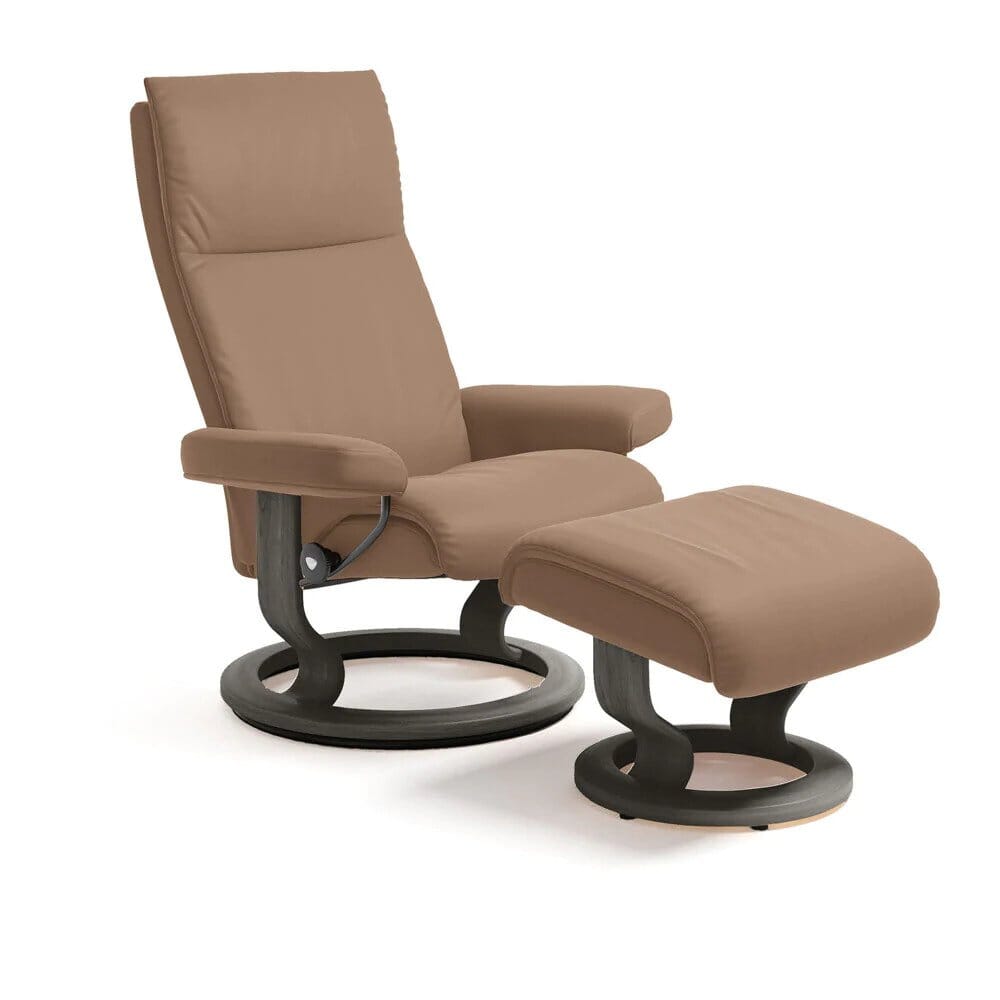800.605.1859 - FREE SHIPPING ON MOST ITEMS OVER $99.00
Accessories
lighting
Designers
- ACHILLE CASTIGLIONI
- ALBERTO MEDA
- ALESSANDRO MENDINI
- ALEXANDER GIRARD
- ALFREDO HABERLI
- ALVAR AALTO
- ANNA CASTELLI FERRIERI
- ANTONIO CITTERIO
- ARNE JACOBSEN
- BARBER & OSGERBY
- CARLO ALESSI
- CARLO MOLLINO
- CHARLES & RAY EAMES
- CHARLOTTE PERRIAND
- EERO SAARINEN
- EILEEN GRAY
- ENZO MARI
- ERNESTO GISMONDI
- ETTORE SOTTSASS
- ACHILLE CASTIGLIONI
- ALBERTO MEDA
- ALESSANDRO MENDINI
- ALEXANDER GIRARD
- ALFREDO HABERLI
- ALVAR AALTO
- ANNA CASTELLI FERRIERI
- ANTONIO CITTERIO
- ARNE JACOBSEN
- BARBER & OSGERBY
- CARLO ALESSI
- CARLO MOLLINO
- CHARLES & RAY EAMES
- CHARLOTTE PERRIAND
- EERO SAARINEN
- EILEEN GRAY
- ENZO MARI
- ERNESTO GISMONDI
- ETTORE SOTTSASS
sale
In-Stock Items

Best green design furniture companies
December 31, 2018

You don’t have to eat kale and wear birkenstocks to demonstrate a passion for saving the planet. Many of us are becoming more intentional in what we buy because we know that our dollars influence what gets made, and what doesn’t. The modern design industry is responding to consumer choice, and, for some designers, a genuine desire to become more sustainable.
Different shades of green
“Reduce, reuse, recycle” isn’t just a green mantra. It’s an order of operation. It’s most eco-friendly to reduce the use of something e.g. plastic, energy or water. Then, once you’ve reduced, you reuse - use the thing again for the same or different purpose. When you can’t reduce it or reuse it, then recycle it. Many designers are reducing, reusing and recycling to different degrees.
It’s complicated
Even the “reduce, reuse, recycle” mantra has its problems. Some options may be less green than you think. For instance, it may take more energy to repurpose or reuse furniture than it would to not bother at all.
Green design is more than just replacing polyethylene terephthalate (PET plastic) with sustainable bamboo-based whatever. A good eco-friendly designer will use sustainably-sourced raw materials. A great eco-friendly designer will dissect their product manufacturing process down to the amount of energy and water it uses, and reconfigure it to use less. A so-fantastic-it-hurts designer will examine every aspect of its impact on the environment and take action on energy efficiency, cradle-to-cradle product planning, environmental and societal impact, waste reduction, product longevity and healthy environments for their staff and customers. They’ll use their influence to green up their supply chain, too.
So, who are the winners in this green contest? Step forward, Herman Miller.
“It’s not easy when you have to go out and talk to [Wall Street] analysts and explain why it costs one cent a share more to do the right thing versus the economic thing.” — Brian Walker, CEO, Herman Miller, Inc.
All The Sustainable Things
Sustainability has been part of Herman Miller DNA for a long time. Its founder D.J. De Pree famously said, “In the long run, businesses and business leaders will be judged not by their profits or their products, but by their impact on humanity.”
Herman Miller’s Earthright strategy turns eco ambition up to 11. The strategy covers everything from sustainable supply chains; zero waste; water and energy reduction; carbon footprint using local renewables; recovering end-of-life products, and aiming for 100%, yes 100%, Design for the Environment approved products by 2023.
And it’s working. Herman Miller has diverted 27,000 tons of product from landfill through, for example, diverting its clients’ old furniture, and launched Ecomedes (https://hermanmiller.ecomedes.com/), an online database that makes it easy for designers and architects to achieve their own environmental goals.
Nothing is safe
Even classics aren’t safe if they’re not kind to the environment. The iconic Eames Lounge Chair once made with an unsustainable Brazilian rosewood veneer, is now made with sustainable Santos palisander.

Spot the difference: Eames Lounge Chair with Brazilian rosewood veneer (pictured above)
Same but with Rosewood alternative Santos palisander veneer (pictured above).
Cradle-to-Cradle Design
Product lifecycle is at the heart of sustainable design. Herman Miller products are assessed and graded according to what happens when they’re no longer useful. The designers consider how quickly and easily the products come apart, whether the materials are homogenous or glued to each other, whether the materials are marked up to aid recycling and how well they fit into a technical or biological “nutrient cycle”. The focus on Cradle-to-Cradle design means it’s not just how a product is made that’s important, but what happens to it when it dies.
The Celle Task Chair, Cradle-to-Cradle Certified. (pictured above)

The Mirra 2 task chair does not look so good in parts, but it is 96% recyclable.
Ah, that’s better!
The “reduce” mantra is taken seriously, and Herman Miller designers look at ways to reduce chair ingredients. For instance, the self-adjusting Setu chair was designed using 48% recycled materials and no PVC. The design reduces material through ditching the underseat tilt mechanism, putting everything on show and using energy-efficient manufacture.

Honorable Mentions
Other brands have worked hard on greening up what they produce. Emeco is big on aluminum and short on words. “We make chairs….often from recycled stuff” it says on its website, and it’s not wrong. With a strong environmental statement backed up by its use of post-industrial and post-consumer waste to make its products, Emeco puts its money where its mouth is. Durability is key. Emeco recycled aluminum chairs are built to last 150 years. That’s a lot of sitting. In addition to their iconic aluminum 1006 Navy chair, they recently developed the 111 Navy chair made from 111 recycled Coca-Cola bottles proving that something made of recycled plastic can be high-quality and desirable.
Emeco 1006 Navy chair next to the 111 Navy chair made of recycled plastic bottles. (pictured above)
Broom chair by Emeco and designed by Philippe Starck is made from 75% polypropylene and 15% reclaimed wood fiber that would normally be swept into the trash.
Modern design has come a long way since the days of wasteful and toxic manufacturing methods and there’s plenty of choices if you want to buy green.
If you think we missed some environmental superstars. Please leave comments and share images on our Instagram or Facebook pages. We are always learning !
Also in News
Subscribe
Sign up to get the latest on sales, new releases and more …













